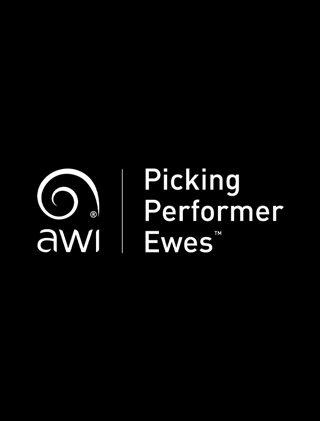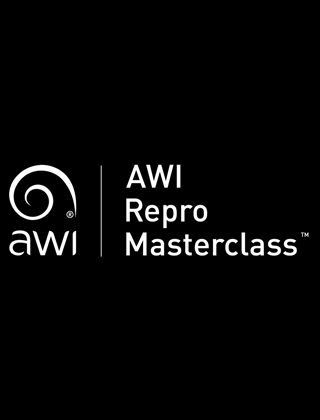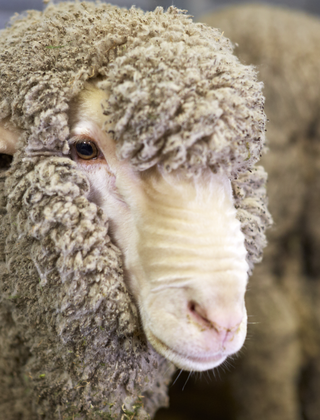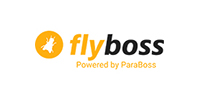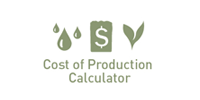Making money out of wool sheep

Merino-based systems remain a good long-term option, according to the three industry experts on a recent AWI Extension WA ‘Making money out of wool sheep’ webinar.
During the recent AWI Extension WA webinar, three top industry experts shared their perspectives and practical tips on being proactive in overcoming market challenges and make more money from wool sheep.
Important role for Merinos continues
Michael Young of Farm Optimisation Group at Kojonup, WA, provided an economic perspective on sheep farming in WA, particularly in the context of industry challenges such as the phase out of live sheep exports and fluctuating wool prices.
Despite these headwinds, Michael asserted that sheep farming, especially within mixed farming systems, is likely to remain profitable and potentially even more so. Importantly, Merinos still play an important role and are a good long-term option.
For woolgrowers considering a potential shift towards more meat-focused genetics, Michael presented an economic comparison of prime lamb, self-replacing Merino (mated to terminal sires), specialised crossbred lamb production (buying in replacement ewes), and composite flocks. His modelling, based on average prices, indicated that Merino-based systems, particularly the specialist Merino terminal sire flock, remained the most profitable, although the latter carries the risk of ewe purchase price variability. Notably, even with a 20% lower wool price than the average used in the analysis, the Merino prime lamb option still outperformed the composite flock.
Avoid chasing the market
Michael also pointed out that all commodities (e.g. wool, lamb, wheat) can be volatile, so it's very hard for a producer to predict when each market is going to be up or down. Because farm systems are also quite inflexible, he recommends producers set their strategy based on average prices so that they avoid chasing the market. Otherwise, he said producers try to adjust their management every time the market changes and end up buying at the high and selling at the lows.
Michael also highlighted advancements in technology and research, such as in-paddock weighing, improved grazing strategies (crop grazing, fodder crops), improved genetics, and improved farm modelling to identify optimal nutritional targets, which are aiding producers in achieving optimal management targets.
Michael concluded with an optimistic outlook for mixed farming systems with wool still playing a vital role, emphasising the importance of management adaptation for those previously reliant on the live export market and recognising the continued value that wool offers.
Merino’s good carcase traits alongside wool production
Geoff Bilney of Glenpadden Farms runs a mixed sheep and cropping enterprise with a lamb finishing feedlot at Kojonup, WA. On the webinar, Geoff debunked the notion that Merino lambs are unsuitable for meat production, showcasing photos demonstrating that their carcase conformation can be comparable to crossbred lambs once they reach the desired weight in a feedlot system.
Geoff also emphasised the added value of wool and skin from Merino lambs, which can offset costs compared to crossbred lambs that often have no fleece value in a feedlot scenario.
Geoff highlighted that woolgrowers can be more optimistic about the future given the increasing processing capacity in WA and the fact that Merino genetics perform well in this market.
Moving beyond data collection
On the webinar, John Francis of Agrista referred to the analysis and the key strengths of wool enterprises in his Why stay in wool sheep? report.
In the presentation, John emphasised the critical importance of producers moving beyond mere data collection to derive actionable insights that drive informed decision-making. He highlighted that while many woolgrowers record data such as flock history, livestock numbers, pregnancy scanning results and financial transactions, the real power lies in processing this data into meaningful information. This involves compiling, standardising, and organising data to provide context for interpretation.
A recording of the webinar is available at www.awiextensionwa.com/resources/Making-more-money-out-of-wool-sheep
This article appeared in the Winter 2025 edition of AWI’s Beyond the Bale magazine that was published in June 2025. Reproduction of the article is encouraged.






